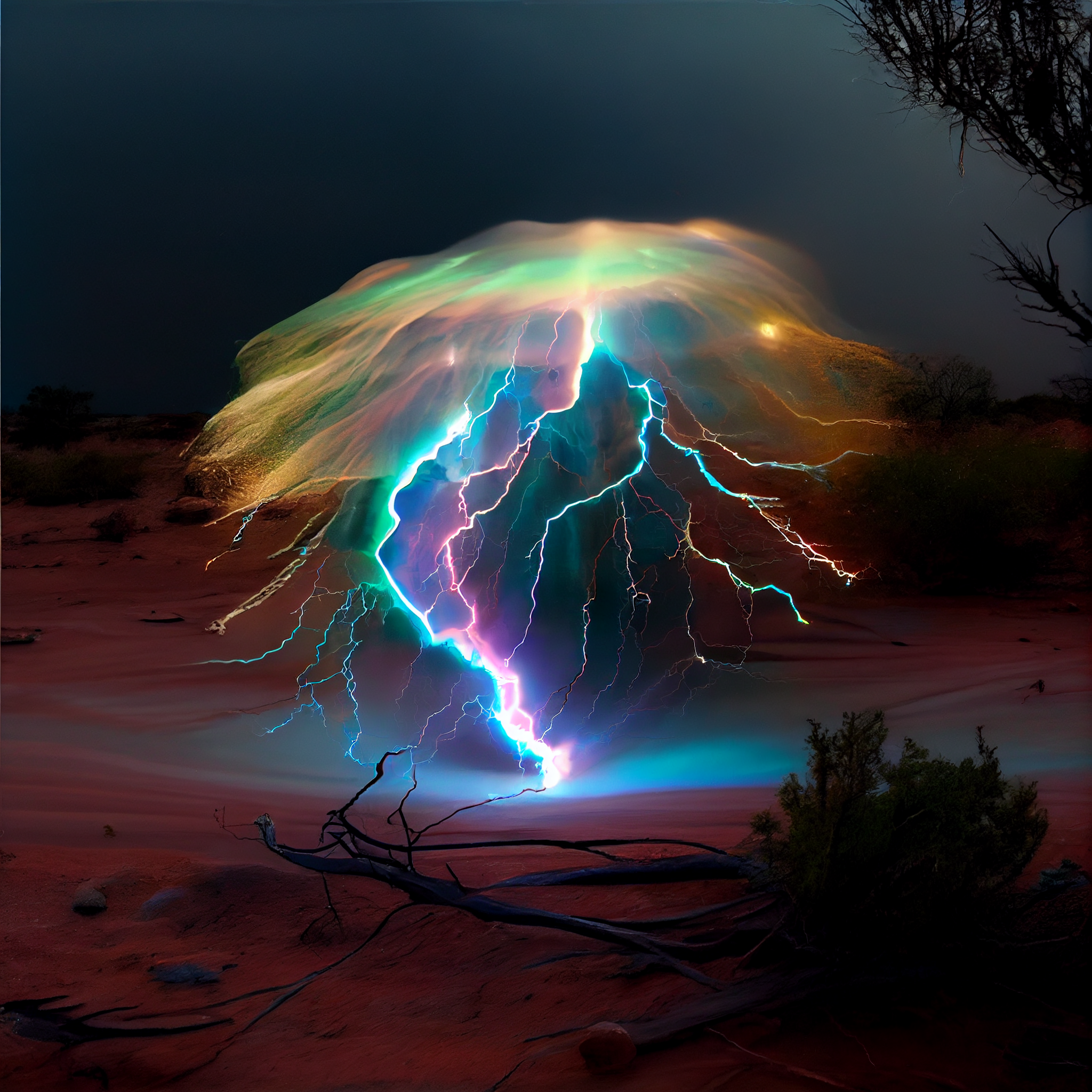
– Opals bring bad luck
Many cultures have credited opal with supernatural origins and powers. Arabic legends say it falls from the heavens in flashes of lightning. Greek mythology stated that opals originated from Zeus’ joyful tears after winning the battle against the Titans. Meanwhile, Australian aborigines believed that the Creator came to Earth on a rainbow, leaving these colorful stones where his feet touched the ground. Europeans have long considered the gem a symbol of hope, purity, and truth.
However, that perception changed with the 1829 publication of Sir Walter Scott’s book, “Anne of Geierstein.” The story featured an enchanted princess who wore an opal that changed colors with her moods. But when a few drops of holy water extinguished the stone’s magic fire, the woman soon died. People began associating opals with bad luck. Within a year after publication of Scott’s book, opal sales in Europe fell by 50 percent.
When opal deposits were discovered in Australia after 1850, the gemstone’s perception changed yet again. The country started to produce 95 percent of the world’s opal supply and many of the most beautiful specimens. People once again clamored to wear opal jewelry.
– Opals need to be stored in water to prevent cracking.
Australian Opal is actually non-porous, meaning nothing can get into the stone, hence, adding water to it will effectively do nothing for your stone.
– Opals are very fragile.
Yes, opal is more fragile than some other gemstones but it is not as fragile as people think. Opal is roughly the same hardness as glass, coming in between 5.5 and 6.5 on the Mohs hardness scale; turquoise is comparable at 5 to 6 on the hardness scale.
– Opals need to be conditioned with oils
Opals don’t need to be treated with oil to keep them looking their best.
When an Australian opal is polished, it is sealed. Adding oils will not add life to your opal.
– Australian opals can’t get wet
Solid Australian opals won’t be damaged by getting wet as opposed to Ethiopian opals that can loose its color & shine after getting wet.

Copyright © 2023